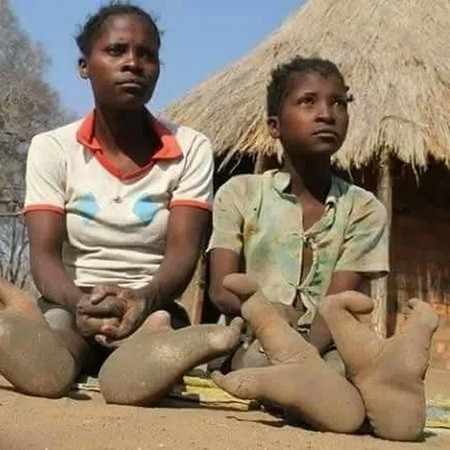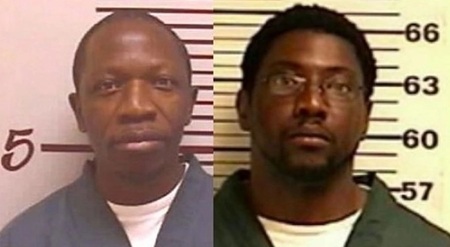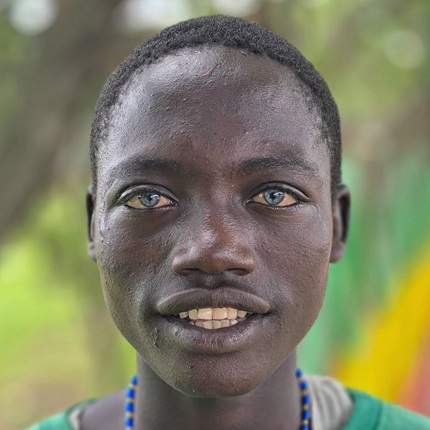Sister Abhaya, a nun at the St. Pius X Convent in Kottayam, Kerala, India, was murdered, and her body was thrown into a well after she caught a priest and a nun in a compromising position. Her murder was a coverup by the priest and nun to avoid being exposed. However, vital information revealed by a thief was all the judiciary needed 28 years later to convict the murderers.
Who was Sister Abhaya? How her death happened
Sister Abhaya was born Beena Thomas in 1973. She was an 18-year-old Syro-Malabar Catholic nun pursuing her pre-degree studies when her life was cut short by a Father and Sister at the St. Pius X Convent in Kerala. It happened that on March 27, 1992, she was found dead in the convent well. At first glance, investigators dismissed her death as a suicide. However, a detailed inspection revealed contradictions, cover-ups, and a decades-long quest for the truth.
The morning of March 27, 1992, began with a body in a well and ended with a verdict no one quite believed. Abhaya’s body was retrieved from the convent premises by local police, who swiftly concluded it was a case of suicide. The Kerala Crime Branch, which took over in April that year, echoed the same conclusion. But as the days passed, the whispers grew louder. Her fellow nuns, the convent’s Mother Superior, and concerned citizens weren’t convinced. The simplicity of the explanation felt too convenient.
The call for justice was led by activist Jomon Puthenpurackal, who formed the Sister Abhaya Action Council. From day one, Jomon insisted the investigation was flawed and that Sister Abhaya had not taken her own life. He was certain that the Sister was murdered. Public pressure, compounded by the demands of 67 nuns from her Carmelite congregation, finally forced the Central Bureau of Investigation (CBI) to step in on April 7, 1992.
Corruption, Intimidation, Coverup and resignation
The initial hope surrounding the CBI’s involvement faded as one closure report after another landed with no conclusive findings. The first major turn came from within the agency itself. Deputy Superintendent of Police Varghese P. Thomas, part of the original CBI team, resigned in protest. His resignation wasn’t quiet. Thomas accused his superior, Superintendent V. Thyagarajan, of trying to pressurize him into declaring the death a suicide. Thomas believed otherwise—he was certain it was murder.
Despite his protest, the second CBI team, in its 1996 report, said it could not determine whether the death was suicide or homicide. A third report, filed in 1999, leaned toward homicide based on a medical re-examination of the body but claimed it lacked evidence to identify the culprits. In 2005, the agency delivered a report that once again implied there was no foul play involved. All three reports were rejected by the Chief Judicial Magistrate, fueling the public’s growing mistrust of the system.

Tampering with evidence
The impasse was broken in 2008 when the Kerala High Court transferred the case to the CBI’s Kochi unit with a three-month deadline. In a move that would finally crack open the case, the Kochi CBI filed a chargesheet naming Father Thomas Kottoor, Father Jose Puthurukkayil, and Sister Sephy as suspects.
According to the CBI’s account, the events of March 27, 1992, were as follows: Abhaya had woken at 4 a.m. to study. She walked to the kitchen to fetch water, where she witnessed Fathers Kottoor and Puthurukkayil with Sister Sephy in what was described as a “compromising position.” Fearing exposure, the trio allegedly attacked her. Sephy struck her with an axe, Kottoor strangled her and then dumped her unconscious body in the well.
The arrests of all three on November 19, 2008, created national headlines. Years of suspicion and whispers had finally manifested into formal accusations. But even this breakthrough was marred by controversy.
Soon after the arrests, the CBI accused the Forensic Science Laboratory (FSL) of tampering with the CD containing narco-analysis tests of the accused. Malayalam news channels began airing the tapes in 2009, showing what appeared to be damning confessions. Abhaya’s father, Thomas Aikkarakunnel, petitioned to verify their authenticity.
The CBI seized the master tapes from the Bengaluru FSL. A technical analysis by the Centre for Development of Imaging Technology in Thiruvananthapuram found that the tapes had indeed been tampered with. This discovery raised troubling questions—not just about the crime, but about the many hands that had tried to bury its truth.
In 2010, a landmark Supreme Court ruling declared narco-analysis and similar tests inadmissible without consent. That ruling would come to affect the admissibility of some of the most dramatic parts of the investigation.
The corruption in the case was not limited to the tapes. In 2018, a CBI court found former Kottayam Crime Branch Superintendent KT Michael guilty of destroying crucial evidence. Michael, who led the initial 1992 investigation, had been found responsible for the disappearance of eight pieces of evidence, including Abhaya’s clothes, diary, and footwear. His links to the St. Pius X Convent only deepened the suspicion of complicity.
That same year, Father Jose Puthurukkayil was discharged by the court due to insufficient evidence. A challenge to the ruling was filed but later dismissed. In the background, trials continued to stall, prompting the High Court in 2020 to demand day-to-day proceedings, allowing for video-based cross-examinations due to the pandemic.
The honest thief
Among the many unusual characters in the case, one stood out: Raju, or “Adacka Raju,” a professional thief who became a key witness. His testimony was as unexpected as it was critical. Raju told the court that on the night of Abhaya’s death, he had scaled the convent’s terrace to steal copper rods from a lightning arrester—and there, he saw Father Kottoor sneaking into the building.
Judge K. Sanilkumar called Raju “unusual,” yet praised his credibility. His account was supported by Shameer, a scrap dealer who confirmed buying the copper rods from Raju the very next morning.
Raju’s honesty came at a cost. Crime Branch officers detained and allegedly tortured him for 58 days, trying to coerce a false confession. He resisted bribes and threats, refusing to implicate himself. The court later acknowledged his resilience, calling him a man who was a thief “by the force of circumstances” but “a speaker of truth nonetheless.”
One crucial piece of physical evidence was the presence of nail marks on Abhaya’s neck—indicative of a struggle. But these weren’t mentioned in the official autopsy by Dr. C. Radhakrishnan. Instead, they were identified by Varghese Chacko, a photographer brought in to take close-up pictures of the body.

The court took the photographer’s word over that of the medical expert, stating that Chacko was in a better position to observe such details. This rare preference of a layman’s observation over forensic testimony became one of many unusual facets of the trial.
Other injuries on Abhaya’s body were initially attributed to the impact of the fall into the well. However, the court rejected this interpretation, invoking basic physics—specifically Archimedes’ principle—to argue that once a body submerges in water, there’s minimal chance it would strike against any object on the way up. These injuries, therefore, had to be the result of blunt force trauma inflicted before she was dumped.
One of the few indirect pieces of evidence against Father Kottoor came from rights activist Kalarcode Venugopalan, who claimed that Kottoor had confided in him during a 2008 meeting at the Bishop’s House. According to Kalarcode, Kottoor described his relationship with Sephy as akin to that of “husband and wife.”
Though the defence tried to dismiss this testimony—citing the delayed confession and inconsistencies in dates—the court found it compelling. “The sexual act was the cause of the murder and the murder was the effect of the sexual act,” the judgment noted, emphasizing motive.
Sister Sephy, on her part, made a revealing admission during interrogation: that she had once shared a bed with a relative. Moreover, it was discovered that Sephy had undergone hymenoplasty (surgical reconstruction of the hymen) just before her 2008 arrest. The court saw this as a deliberate attempt to present herself as celibate and untouched—a move that only deepened suspicion.
The defence’s fallback was the claim that Abhaya was mentally unstable and had taken her own life. But the court methodically dismantled this argument. Testimonies from convent staff and even witnesses who had turned hostile described Abhaya as intelligent, pious, and driven.
One small detail made a big impact: Abhaya’s roommate, Sister Shirley, revealed that the two of them had woken at 4 a.m. for combined study. “A person bent on ending her life would not deny herself sleep to prepare for exams,” the court observed. This singular act of devotion to her studies contradicted the suicide theory so thoroughly that the judge called it enough to “blow the theory sky high.”
Justice at last
After 28 long years, a Special CBI Court in Kerala found Father Thomas Kottoor and Sister Sephy guilty of the murder of Sister Abhaya. They were convicted under Section 302 (murder) and Section 201 (destruction of evidence) of the Indian Penal Code. Kottoor received an additional conviction under Section 449 (house trespass with intent to commit a crime). Both were sentenced to life imprisonment and fined Rs 5 lakh each.
Their sentencing brought a bitterly long chapter to a close. The verdict was a rare moment of institutional accountability in a case marred by systemic failure, corruption, and silence.






